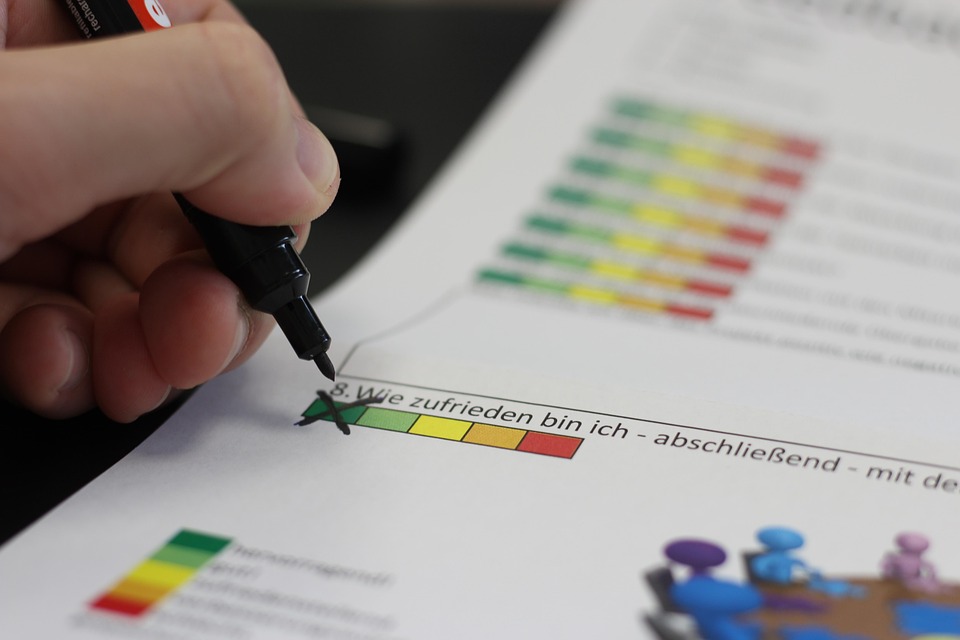The landscape of work has undergone a seismic shift in recent years, primarily propelled by the global pandemic that forced organizations to adapt to remote work virtually overnight. As businesses scrambled to ensure continuity, the traditional office setup was challenged like never before. But as we emerge from the crisis, a critical question lingers: is this rise in remote work a permanent shift or merely a fleeting trend?
A Historical Context
Before the pandemic, remote work was already gaining traction, with statistics showing a steady increase in telecommuting over the past decade. Companies embraced flexible work arrangements to attract top talent and improve employee satisfaction. However, such arrangements were often seen as perks rather than the norm.
The pandemic acted as a catalyst, accelerating a trend that had been slowly developing. Organizations that had previously resisted remote work quickly discovered that many roles could be performed effectively from home. By mid-2020, estimates indicated that over 40% of the U.S. workforce was working remotely full-time, a stark contrast to less than 5% before COVID-19.
The Benefits of Remote Work
-
Increased Flexibility and Work-Life Balance: Remote work allows employees to manage their schedules more effectively, leading to improved work-life balance. Many workers report higher job satisfaction and reduced burnout when afforded the flexibility to work from home.
-
Cost Savings: Both employees and employers stand to benefit financially. Employers can save on overhead costs related to office space, utilities, and resources, while employees save on commuting costs and work attire.
-
Access to a Broader Talent Pool: Remote work enables companies to hire talent from diverse geographical locations, breaking down regional barriers. This shift can lead to a more diverse and innovative workforce.
- Environmental Impact: The reduction in daily commutes has led to decreased traffic congestion and lower carbon emissions, contributing to a more sustainable work model.
The Challenges of Remote Work
Despite its numerous benefits, remote work is not without challenges. Some of the most pressing issues include:
-
Communication Barriers: The lack of in-person interaction can lead to misunderstandings and delays in communication. Teams accustomed to face-to-face meetings must adapt to new communication tools and practices.
-
Technology Dependence: Remote work heavily relies on technology, which can lead to issues if systems fail or if employees are not equipped with the necessary resources.
-
Isolation and Mental Health Concerns: Working remotely can lead to feelings of loneliness and isolation, particularly for individuals who thrive on social interaction in a traditional office environment.
- Difficulty in Maintaining Company Culture: Building a cohesive company culture becomes challenging in a remote setting. Employers must find innovative ways to foster collaboration and camaraderie among remote teams.
The Future of Remote Work
As we look ahead, the future of remote work appears to be a hybrid model—blending the benefits of both remote and in-office work. Many companies are recognizing the need for flexibility and are adopting policies that allow employees to choose how and where they want to work.
Surveys indicate that a significant proportion of employees prefer a hybrid approach, which combines remote work with periodic in-office days. This model aims to strike a balance between flexibility and the collaborative benefits of in-person interactions.
Conclusion
The rise of remote work is not simply a temporary trend. While the pandemic acted as a powerful catalyst for change, the long-term implications of this shift are profound. Businesses that embrace hybrid work models may find themselves more adaptable and resilient in the face of future challenges.
As organizations continue to navigate this evolving landscape, understanding the intricacies of remote work—its benefits, challenges, and the preferences of the workforce—will be vital for stakeholders hoping to create a sustainable and effective work environment.
In the end, the question may not be whether remote work is permanent or temporary, but rather how effectively we can integrate it into the fabric of modern employment. The future is bright for flexible work arrangements, and its evolution will undoubtedly shape the world of work for years to come.



